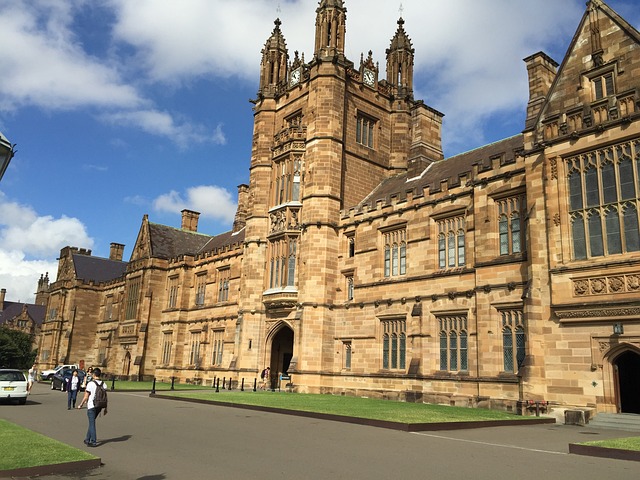Understanding top college towns is vital for navigating student rental markets due to high demand from young, mobile populations. Analyzing demographic shifts, economic factors, local policies, and infrastructure helps stakeholders predict rental trends and optimize housing resources. During peak academic periods, these towns see temporary population surges, with age groups, household sizes, and income levels influencing demand and pricing. Data analytics and engagement with student communities are key to identifying preferences and designing tailored properties, increasing occupancy rates and fostering community in top college towns.
“Unraveling the dynamics of student rental markets in university cities is essential for investors and real estate professionals. This comprehensive guide takes you on a journey through ‘top college towns,’ where vibrant academic communities drive unique rental trends. We explore demographic shifts, economic indicators, and market insights to help navigate these dynamic environments. By understanding the factors influencing student housing demand, this article offers strategies for effective analysis, ensuring success in one of the most promising sectors.”
- Understanding Top College Towns: A Gateway to Student Rental Markets
- Analyzing Demographic and Economic Factors in College Cities
- Strategies for Effective Student Rental Market Analysis and Opportunities
Understanding Top College Towns: A Gateway to Student Rental Markets

Understanding top college towns is key to unlocking insights into student rental markets. These vibrant, bustling hubs often serve as magnets for young people seeking education and community, driving significant demand for housing options close to campuses. Analyzing the unique characteristics—from population dynamics and economic factors to local policies and infrastructure—of these top college towns provides a roadmap for investors, property managers, and students alike.
By studying these markets, one can identify trends in rental prices, occupancy rates, and student preferences. Top college towns often exhibit distinct patterns, with proximity to universities influencing property values and availability. This knowledge empowers stakeholders to make informed decisions, whether it’s developing new housing stock or optimizing existing resources to cater to the ever-evolving needs of students seeking affordable, safe, and convenient accommodations.
Analyzing Demographic and Economic Factors in College Cities

When analyzing student rental markets in university cities, understanding demographic and economic factors is crucial for gauging the health and potential of these vibrant communities. Top college towns often experience a surge in population during the academic year, with students seeking affordable and convenient housing options. Analyzing age groups, household sizes, and income levels provides insights into rental demand and pricing trends. For instance, larger cities attracting diverse student bodies from various economic backgrounds may exhibit broader rental price variations compared to smaller, more homogenous towns.
Economic factors play a significant role in shaping the student rental market. Local employment rates, average salaries, and cost of living directly impact students’ ability to pay rent. Top college towns with robust economies and well-paying jobs might experience higher rental demand, while areas facing economic challenges could struggle with vacancies and lower rents. Analyzing these factors helps investors, landlords, and students make informed decisions regarding housing options and pricing strategies in these dynamic university cities.
Strategies for Effective Student Rental Market Analysis and Opportunities

Analyzing the student rental market in top college towns requires a multi-faceted approach. One key strategy is to leverage data analytics, utilizing historical and real-time information on demographic trends, housing prices, and vacancy rates. This data can help identify emerging patterns and predict future demand, allowing investors and property managers to make informed decisions.
Moreover, engaging with student communities directly offers valuable insights. Conducting surveys, focus groups, or even informal conversations can reveal preferences, budgets, and desired amenities. Understanding these factors enables developers and landlords to tailor properties specifically for students, enhancing occupancy rates and fostering a sense of community in these vibrant top college towns.






